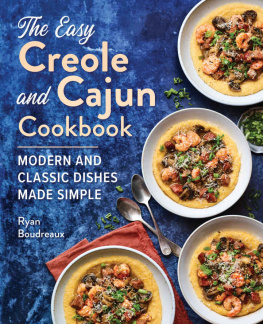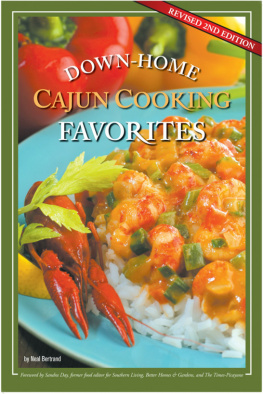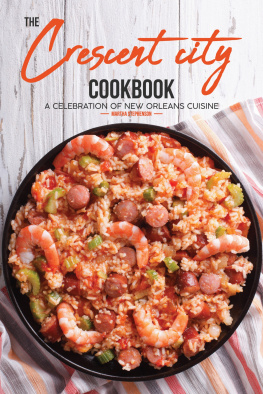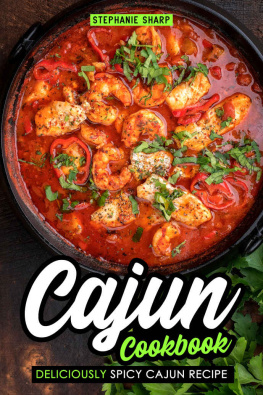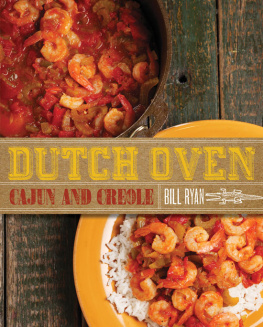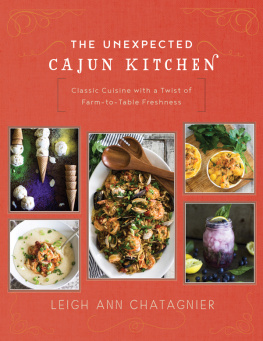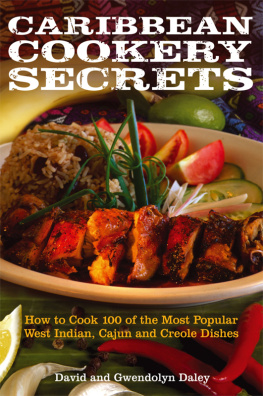

Copyright 2020 Rockridge Press, Emeryville, California
No part of this publication may be reproduced, stored in a retrieval system, or transmitted in any form or by any means, electronic, mechanical, photocopying, recording, scanning, or otherwise, except as permitted under Sections 107 or 108 of the 1976 United States Copyright Act, without the prior written permission of the Publisher. Requests to the Publisher for permission should be addressed to the Permissions Department, Rockridge Press, 6005 Shellmound Street, Suite 175, Emeryville, CA 94608.
Limit of Liability/Disclaimer of Warranty: The Publisher and the author make no representations or warranties with respect to the accuracy or completeness of the contents of this work and specifically disclaim all warranties, including without limitation warranties of fitness for a particular purpose. No warranty may be created or extended by sales or promotional materials. The advice and strategies contained herein may not be suitable for every situation. This work is sold with the understanding that the Publisher is not engaged in rendering medical, legal, or other professional advice or services. If professional assistance is required, the services of a competent professional person should be sought. Neither the Publisher nor the author shall be liable for damages arising herefrom. The fact that an individual, organization, or website is referred to in this work as a citation and/or potential source of further information does not mean that the author or the Publisher endorses the information the individual, organization, or website may provide or recommendations they/it may make. Further, readers should be aware that websites listed in this work may have changed or disappeared between when this work was written and when it is read.
For general information on our other products and services or to obtain technical support, please contact our Customer Care Department within the United States at (866) 744-2665, or outside the United States at (510) 253-0500.
Rockridge Press publishes its books in a variety of electronic and print formats. Some content that appears in print may not be available in electronic books, and vice versa.
TRADEMARKS: Rockridge Press and the Rockridge Press logo are trademarks or registered trademarks of Callisto Media Inc. and/or its affiliates, in the United States and other countries, and may not be used without written permission. All other trademarks are the property of their respective owners. Rockridge Press is not associated with any product or vendor mentioned in this book.
Interior and Cover Designer: Sean Doyle
Art Producer: Hannah Dickerson
Editor: Britt Bogan
Production Manager: Giraud Lorber
Production Editor: Melissa Edeburn
Photography 2020 Andrew Purcell. Food styling by Carrie Purcell. courtesy of Monique Boudreaux.
Cover Recipe:
ISBN: Print 978-1-64739-337-3 | Ebook 978-1-64739-338-0
R0
I dedicate this cookbook to my dear heart, bride, best friend, and sous chef, Monique Boudreaux . Her love, support, assistance, encouragement, cooking, and tasting is forever cherished.

CONTENTS
Chapter 1
Welcome to Cajun and Creole Cooking
Chapter 2
Foundations of Cajun and Creole Fare
Chapter 3
Small Plates and Appetizers
Chapter 4
Classic Cajun and Creole Mains
Chapter 5
Sides and Snacks
Chapter 6
Sweets and Desserts

I have always been fascinated with food and cooking, and my passion continues to be an integral part of my Boudreaux family heritage. Ive taught myself many cuisines, and I still love to try out new gastronomies. About 12 years ago, I created my blog, Cajun Chef Ryan (CajunChefRyan.com), with the tagline, Feeling and sharing a world of cookingmore than your average Cajun. I started the blog as a way to preserve and share my 37 years of experience and collected recipes from my home, my family, and the restaurant industry, which I serve as a professional chef. Many recipes that my grandmothers and great-grandmothers made are still awaiting their rightful place in the digital world.
I have fond memories of Sadie Momom Boudreauxs potato salad, divinity candy, pecan pies, and gumbo. I remember Uncle Buford Boudreaux preparing smoked and barbecue venison, chicken, and sausages, and his wonderful country gumbo. My dad made the best slow charcoal-roasted barbecue half chicken I have ever eaten. My mothers drunken shrimp and garlic-roasted pork loin were always dinner favorites. Her fabulous dilly bread, with dill weed and cottage cheese, ignited my passion for understanding yeast and how it works.
This book contains many 30-minute and one-pot recipes created with the home cook in mind. Some are one-pot and 30-minute recipes, which means less mess, less prep, and less time until dinner is on the table. All include ingredients you can find at any grocery store, but if youre interested in incorporating ingredients that may be less familiar to you, see the recipe tips for substitutions.
I hope you enjoy preparing these dishes my family and I have loved for decades and continue to serve at gatherings. Im celebrating and sharing with you many years of happy cooking and bon apptit.

L ouisiana Cajun and Creole culture originates in the bayous and waterways of South Louisiana and the Mississippi Delta. Although deeply rooted in traditions handed down from generation to generation, Cajun and Creole cooking has evolved and today reflects Italian, German, Vietnamese, French, African, Caribbean, and South American influences.
Today the world of Cajun and Creole cooking is far-reaching. You can sample it as far away as Somers Point, New Jersey, which holds a Cajun Festival every February; Longview, Texas, where a parade rolls along with Cajun cuisine the Saturday before Mardi Gras; or at a restaurant in Puyallup, Washington, that churns out classic New Orleans dishes and cocktails. From coast to coast, Americans enjoy the spicy, tasty, delectable, sweet, and sometimes decadent, self-indulgent flavors that make up Cajun and Creole cooking.
The Basics of Cajun and Creole Cooking
Cajun cooking developed from the descendants of French colonists who settled in Acadia in the Canadian provinces in the 17th century. In the mid-1770s the colonists were expelled during FrenchEnglish hostilities, and they migrated to South Louisiana. Some Cajuns, especially those born in the New World, called themselves Creole . This French term, borrowed from Spanish and Portuguese, means born in the new world. Others who self-identify with Creole include Spanish and Latin American cultures who settled in South Louisiana during the same time.
Cajun and Creole cooking is more than the sum of the food, ingredients, and preparation methods that make up a recipe. It also includes Louisiana culture, natural resources of the South, and the seasons that produce a variety of fresh fruits, vegetables, meats, and seafood in the region. Walk into most home gardens and youll find okra, tomatoes, and eggplant; varieties of squash from acorn to zucchini; collards, mustards, turnip greens, and Swiss chard; the Cajun Trinity of onions, celery, and bell peppers; and peppers ranging from hot to mild to sweet, such as jalapeo, cayenne, habanero, ancho, poblano, and banana. Meats from a Cajun butcher shop include a wide range of pork cuts, like bacon, fat back, ribs, pork loin, pork chops, pork shoulder, andouille sausage, Tasso ham, smoked sausage links, breakfast sausage patties, crackling pork, smoked ribs, and pulled pork. And lets not forget about the abundance of seafood found along the coastal waterways, byways and the Gulf of Mexico, starting with those favorite bivalves, the Gulf oyster. These sweet and salty, plump and juicy, ready-for-dipping-in-cocktail-sauce delicacies are not to be missed. Shrimp, another bounty of the sea, range from brown to white depending on the source and season and come in many sizes.
Next page
